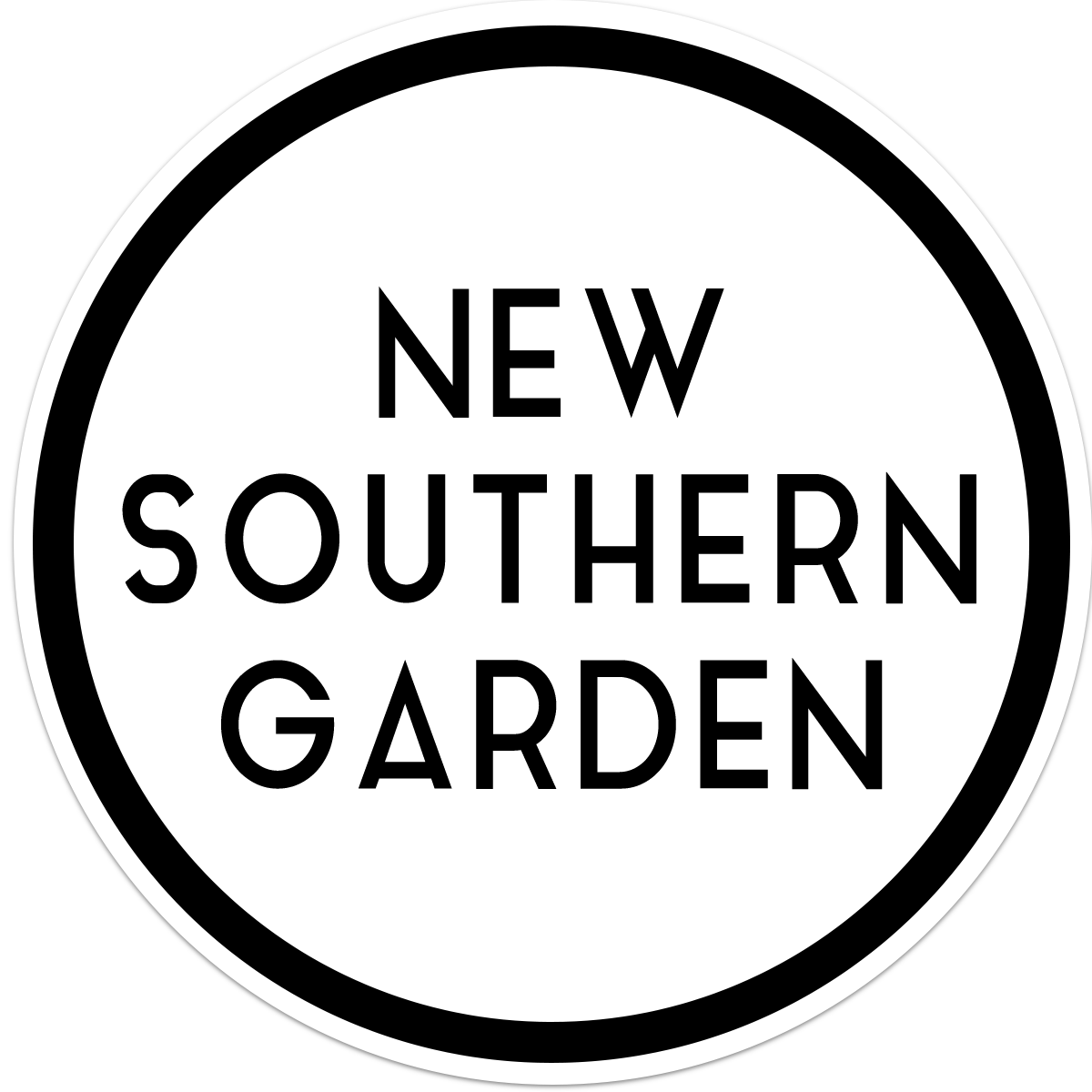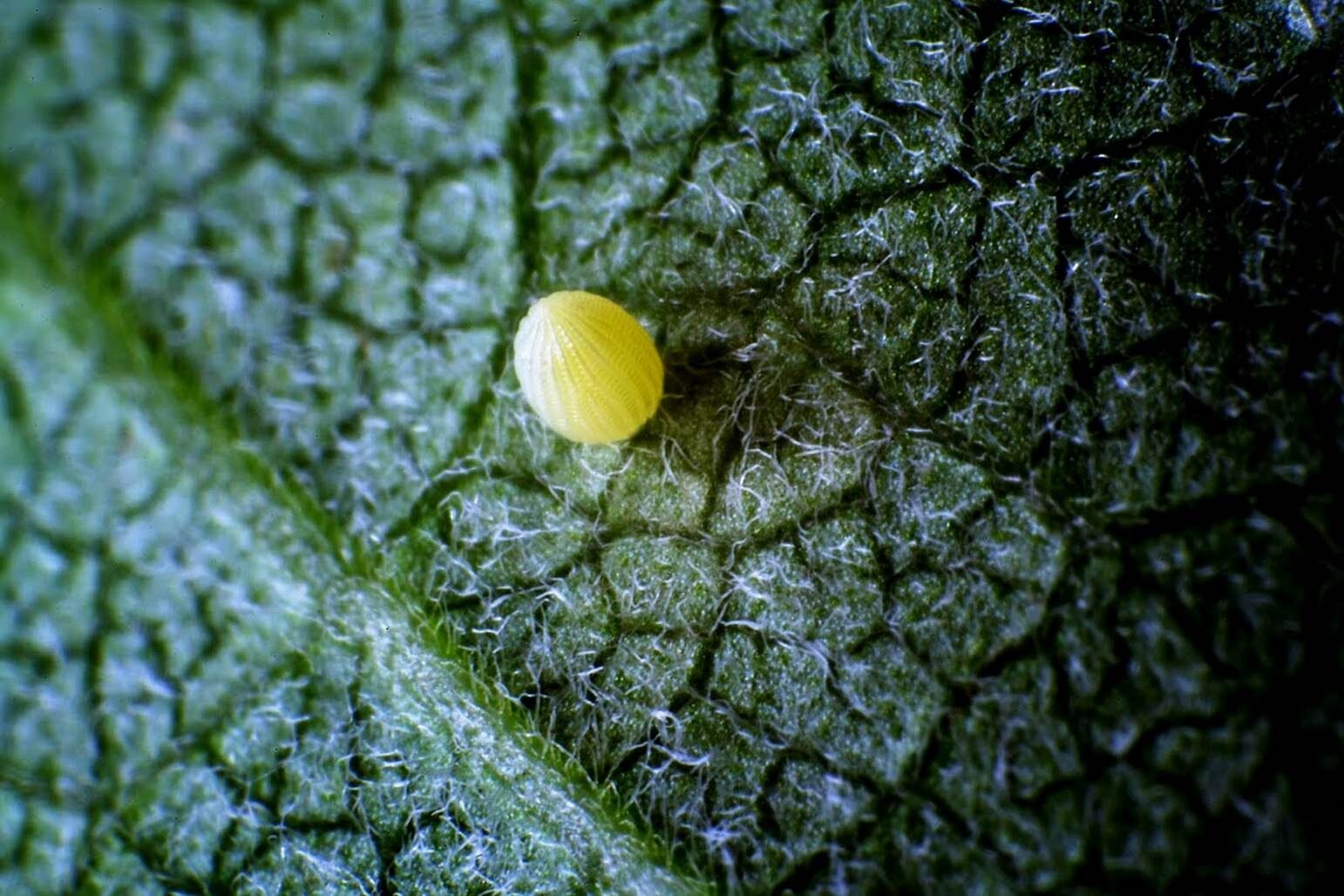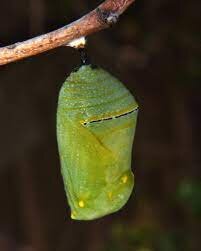Gardening for Pollinators
By: Amelia Keener
Many people want to plant gardens for the beauty they bring. But sometimes, there can be a specific purpose behind the gardens we plant. One such purpose is for pollinator gardening. Pollinator gardening is more than just planting plants, it’s encouraging pollinators, especially butterflies, to come to your garden and make their homes there.
Main Goals
Benefit the environment
Pollinator gardening is very environmentally sound. A lot of the specific plants for pollinators are native plants. Planting these gardens also brings back plants to populated areas.
Aid native plants
Butterflies prefer specific plants, which are typically natives. Bringing back native plants will encourage other native flora and fauna to return as well.
Preserve species
A lot of native species are threatened by the destruction of their habitats. If they do not have their proper food supplies, these species will die out.
Enjoy nature
Pollinator gardens are beautiful! Be sure to enjoy all the flowers and butterflies in your garden.
How does it work? The flowers act as landing pads for the butterflies. They essentially trick the butterflies by appearing very bright to get the butterfly to land on them. The butterfly then discovers the nectar and gets a nice treat from that. This encourages it to keep returning. All the while, the butterfly is pollinating the flower, which can’t pollinate itself. So, butterflies, and other pollinators, are crucial to flowers.
Design Elements
Sunny Location
Most of the plants that butterflies need will require lots of sunlight. Full sun is considered at least six hours of this.
Shelter
Butterflies will need a break from the harsh wind so they can rest. You can help them out by providing a windscreen. A house, tall trees, or other plants can help break the wind and give our small friends a break.
Nectar
Plants that have lots of nectar are ideal for butterflies.
Host plant
These are the plants that the butterflies will lay their eggs on and that the caterpillars will eat as they grow. No butterfly garden is complete without them.
Moist sand/mud
Having moist sand or mud allows for shallow puddles so the butterflies can drink water and socialize.
Flat rocks
Having flat rocks in your pollinator garden gives the butterflies a spot to bask in.
Butterfly Facts
Here’s the life cycle of a butterfly, along with the average time span of each stage:
Egg - 2 days
Caterpillar - two weeks
Pupa/chrysalis - two weeks
Adult - a couple of days to a couple of months
The adults use nectar as their primary food source. The caterpillars use their host plants as their primary food source. Host plants are meant to be eaten. But the caterpillars are smart enough to not eat their entire food source, so don’t worry, your plant won’t die. The plants will look kind of bad for a while, but they’ll come back.
General Tips
Change the way you treat insects
You’re going to have to be okay with having other insects on your plants, in addition to the butterflies. You can’t treat the plants with pesticides, or else you’ll be killing off the very insects you’re trying to attract. But don’t worry, birds and predatory insects will keep the insect population under control.
Find a sunny, protected area
The plants and the butterflies need sunlight in order to survive. And the butterflies also need a break from the wind.
Focus on nectar plants
You can use annuals or perennials for nectar plants. Plant large areas of one species or color. This looks impressive to the butterflies and will draw them in. The butterflies will prefer their own native plants. Very large, showy blooms are difficult to land on and don’t tend to have a lot of nectar in them. Butterflies prefer flowers that are flat-topped, so they can land easily. They also like having clusters of tubular flowers. The butterflies have long mouths to get deep inside the flowers. It also helps to deadhead the flowers so they produce more blooms and don’t go to seed.
Be sure to get host plants
Butterflies need somewhere to lay their eggs, and having host plants will encourage them to lay them in your garden. You’ll get to watch the whole life cycle of a butterfly! Female butterflies are drawn to host plants; you’ll need these to really attract butterflies. They might stop in to get a snack from your nectar flowers, but they’ll really linger if you have host plants. You can plant them in the back of the garden so you don’t have to see them full of holes. And be sure to plant enough of them to make it worth the butterflies’ while!
Provide water
Butterflies need water like any other creature. They tend to drink from shallow puddles or dew. Help them out by providing places for them to get water.
Try container gardening
Don’t have tons of space for a garden? That’s okay! Try planting in pots or hanging baskets on a balcony or outside a window. This will still attract the butterflies. You might even be able to see them better.
Provide flat rocks
Doing so will give our small friends a place to rest and warm up for a while. Exposed soil, gravel, cement, or flat slabs will do the trick.
Do research
Search for specific host plants native to your area. Find the butterflies in your area that you want to attract and get their specific host plants. And be sure to keep in mind that plants grow, so plant them far enough apart that they won’t block out the sun.
Butterfly gardens will attract other creatures
So be prepared for other insects and birds! Bees often love the same flowers that butterflies do.
Butterflies
Feeding habits
Butterflies mainly feed from the nectar in flowers. It gives them enough energy to fly. Some types of butterflies will even feed on a flower’s pollen. And a very few will feed from rotting fruit or dung (gross).
Basking
Butterflies are cold-blooded creatures, so they need to sit in the sun to warm up their bodies. They need warm muscles in order to fly. On the other hand, when it’s too hot, they’ll sit in the shade to cool down. So, the butterflies might hang out under your flowers too. There are three main ways that butterflies bask:
Spread-out wings
Butterflies with black bodies or wings will spread the wings out flat so the back of their bodies can soak up the sun.
Closed wings
Lighter-colored butterflies will sit with their wings closed to allow the light to reach their darker undersides.
Reflectance
White butterflies will use their wings to reflect the sun onto their bodies.
Puddling
Butterflies will congregate at the edges of fluid in order to get extra nutrients. In addition, many butterflies will drink sweat for even more nutrients. So don’t be surprised if one lands on your arm! But they mostly congregate at the puddles. They also do this in order to find a mate. These extra nutrients will pass to the female during reproduction. They also aid in attracting a mate by producing special pheromones. The female butterfly will start searching for a place to lay her eggs after mating. She will briefly touch down on different plants, looking for just the right place. She knows the right host plant by look and smell, and she will often scratch at the leaves, called drumming, to see if it’s the right plant.
If you ever find yourself in want of more nectar, such as when the early bloomers are finished but before the late bloomers begin, you can always make your own! Here’s how to make a homemade feeder for your butterflies:
Find a small, clean jar.
Drill a small hole in the lid.
Plug up the hole with a little bit of cotton.
Fill the jar with one part sugar and nine parts water.
Attach bright fabric to the lid to make it attractive.
Hang the jar upside down.
And there you go! You now have a supplementary nectar source while you wait for your nectar flowers to bloom.
Top Five Species of Butterflies to Attract
Monarchs
This is probably the most popular butterfly. It is very large with orange wings that have black and white spots on them. They are often confused with the Viceroy butterflies, but Monarchs do not have a black arch on their hind wings, while Viceroys do. Monarchs are migratory and travel long distances. Typically, the farther north, the later the appearance of the Monarchs. They prefer open areas with lots of milkweed, which is the only host plant the Monarch will use.
Eastern Tiger Swallowtails
These butterflies are bright yellow with dark stripes and orange and blue spots. They are also very large. The females can be an even darker color. They make their appearance in early spring through the fall. They enjoy open areas and the edges of woods. Their host plants are hardwood trees like cottonwoods, tulip poplars, and native cherries.
Fritillaries
This type of butterfly is an orange, rusty color with brown and black markings. There are many different varieties. Looking at their undersides is the only way to tell the difference. They’re present throughout the summer and like open areas and the edges of wood lots. They love wild violets and drink the nectar in spring and use them as host plants once the blooms die. They also use milkweed as a nectar source.
Viceroys
Very similar to Monarch butterflies, the Viceroys are large, orange butterflies. They make their appearance in late spring and stay to early fall. They’re attracted to open areas and wooded streams. Their host plant is any type of willow, including the native ones.
Skippers
There are many types of this butterfly. They’re much smaller than the other ones and are present from spring to fall. You’ll start to see them in the heat of the summer. Like the others, they enjoy open spaces. Their host plant is a large variety of native grasses, such as pink muhly grass. They also use black locust trees as a host plant too.
Power Plants for Pollinators
Here’s a collection of some of the best perennials, shrubs, and trees for your butterfly friends to use as host or nectar plants. You can find a lot of these here at Lanier Nursery and Gardens!
Perennials
Perennials are a great choice for any garden! They produce beautiful blooms in the summer and die back in the winter, growing back again in the spring. Here are some great ones for pollinators:
Mountain Mint
Pycnanthemum virginianum
This plant has a blue/green leaf with ashy, white flowers. The leaves can even be used in cooking!
Milkweed
Asclepias
No pollinator garden is complete without lots of milkweed! Swamp milkweed and butterfly weed are popular choices.
Aster
Asteraceae
These are late-blooming perennials, providing much-needed nectar in the fall.
Black-eyed Susan
Rudbeckia hirta
These flowers are very attractive for butterflies due to their shape and color. The seeds are great for birds too!
Joe Pye Weed
Eutrochium purpureum
There are many different sizes of this perennial, and they bloom late in the summer.
Gay Feather
Liatris spicata
This is a type of prairie flower that enjoys open spaces, just like the butterflies! It’s unusual in that it blooms from the top down.
Bee Balm
Monarda didyma
Butterflies love the long, tubular flowers on this perennial. It does have a tendency to run, so be sure to keep it contained.
Blanket Flower
Gaillardia
Similar to the Black-eyed Susans, this flower has a great landing pad for butterflies and comes in many different colors.
Goldenrod
Solidago
This flower has bright yellow blooms and tends to flower later.
Beardtongue
Penstemon
Another prairie flower, this perennial has tubular flowers and comes in many different varieties.
Shrubs
Blackberry/Raspberry
Rubus
Azure butterflies, bumblebees, and moths adore these plants, and the berries are edible for people too!
Blueberry
Cyanococcus
Bumblebees love these. They pollinate these by sonicating, which is basically buzzing enough to shake the pollen around.
Buttonbush
Cephalanthus occidentalis
This a great alternative to the invasive butterfly bush. It’s a native that has white blooms.
Inkberry
Ilex glabra
This evergreen shrub produces small white flowers and, later on, berries for the birds.
Steeplebush/Meadow Sweet
Spiraea tomentosa/Spirea alba
These are both native spirea and have long bloom times and fluffy blossoms.
Trees
Oak
Quercus
All types of oak trees work as host plants. There are over 600 species of butterfly that use them!
Black Locust
Robinia pseudoacacia
These trees have a lot of thorns, but butterflies love them, so tuck them away in the back and enjoy the butterflies!
Magnolia
Magnolia
These are very popular here in the south, with people and butterflies! They have very fragrant flowers.
Tulip Poplar
Liriodendron tulipifera
This tree is an early bloomer. Its leaves are the preferred choice of leaf-cutter bees. It’s practically dripping in nectar!
Serviceberry
Amelanchier
These trees have showy, early blooms and are the host plant for Swallowtails.
And now you’re all set with everything you need to know to get started on your very own pollinator garden! Your pollinator friends will thank you!












